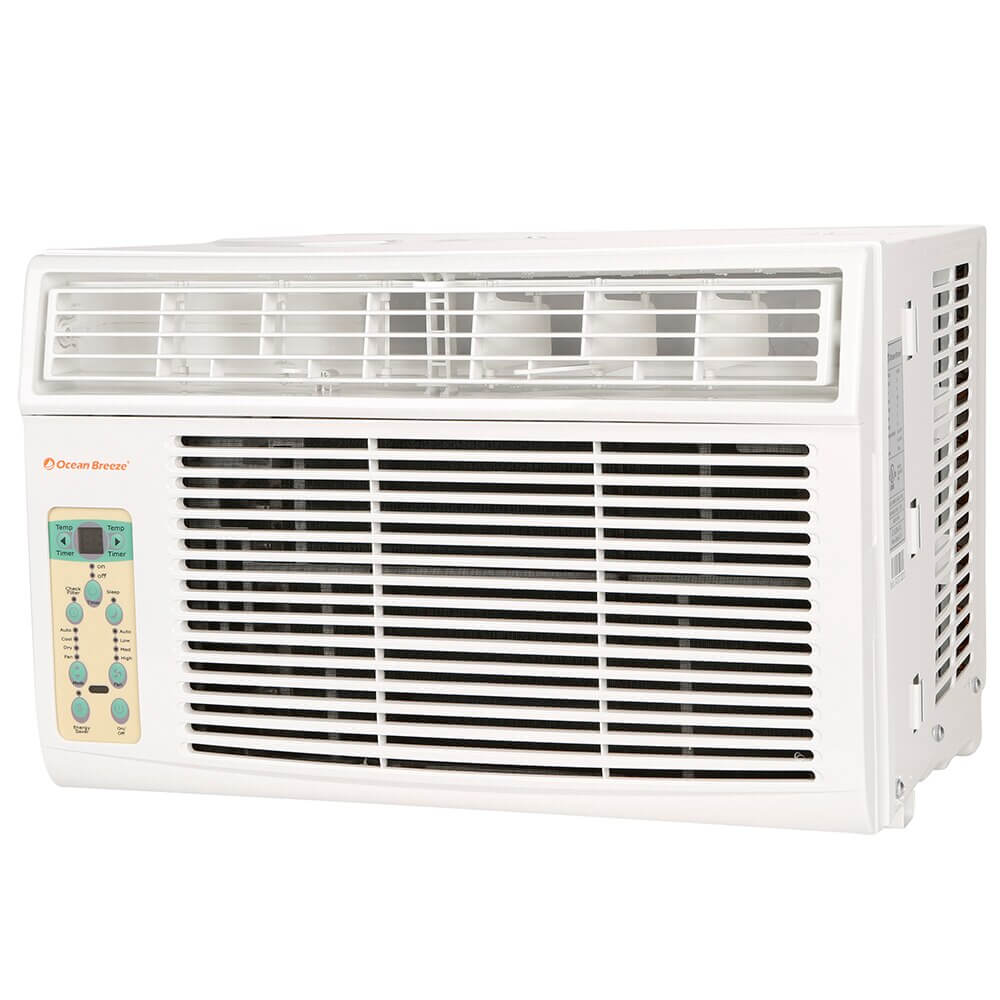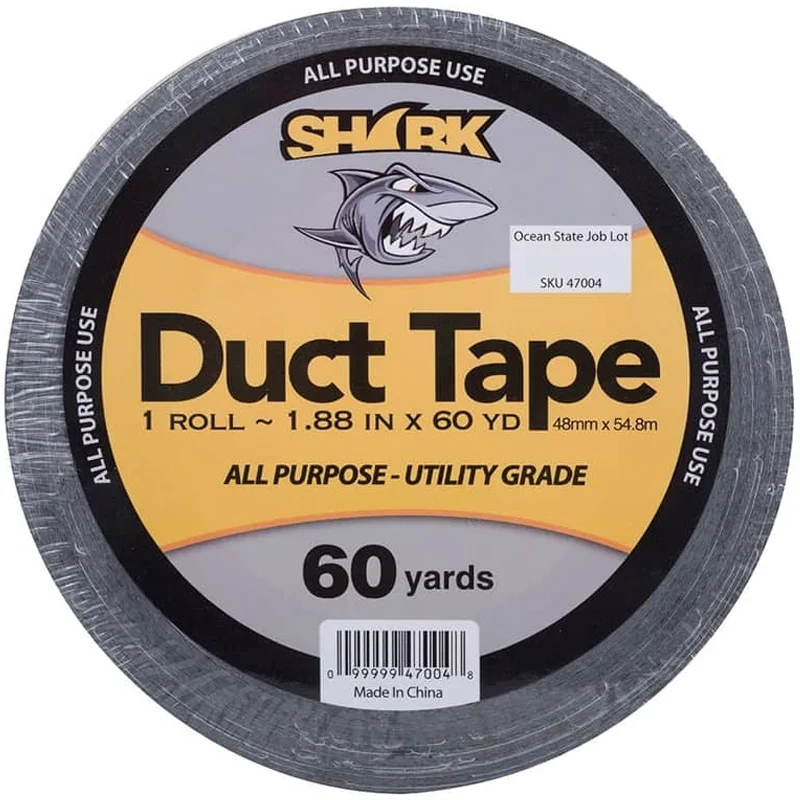Last Updated on July 23, 2025
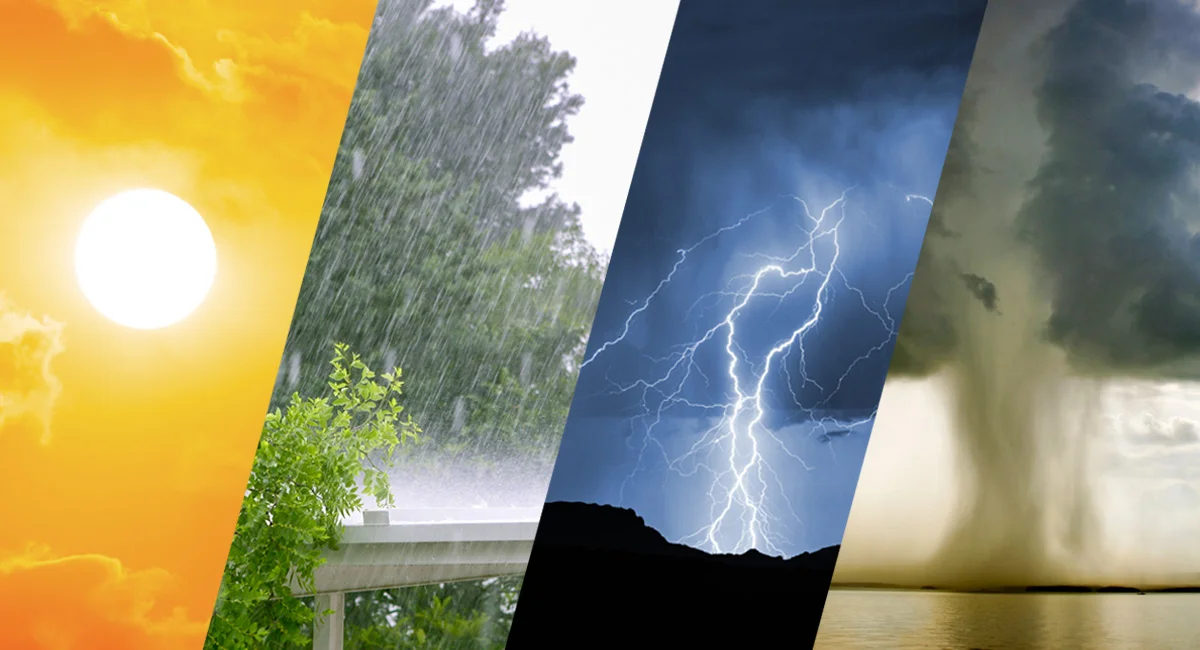
Summer storms in the Northeast can certainly pack a punch. Because the weather can change so quickly, make sure you keep up and stay safe with severe weather alerts. Sometimes, every single second can make a huge difference. But it’s not only the rain, thunderstorms, hurricanes, and tornadoes that can impact you. The extremely high temperatures can affect your day first, so you’ll want to take action!
These days, it’s easy to sign up for alerts on any of your electronic devices. That’s step one. Pick your favorite news or government weather outlet. Now, let’s take you through the rest of the process.

Heat Wave Helpers
It’s that time again! Time to try to beat the heat! If temps are rising into the 90’s and feeling like they’re hitting triple-digits, it’s time to consider a way to stay cool!
Is it scorching outside? Seek air conditioning with the window and portable units we have at Ocean State Job Lot, and you’ll stay comfy. If that’s not an option, try a cooling center or library in your town. Light, loose clothing and a wide-brimmed hat are your friends. Avoid strenuous activity during the hottest part of the day, mostly from 9 a.m. to 2 p.m. Take cool showers and don’t forget to check on vulnerable folks like elderly neighbors. If you’re going to be outdoors for long stretches, use plenty of sunscreen, and reapply it every one to two hours.
Stay hydrated by sipping cold water regularly, even before you feel thirsty. Don’t wait until your body is beyond its limit to start to drink.

Watch vs. Warning
When it comes to severe summer weather, there’s a very important distinction to understand. You MUST realize the difference between a watch and a warning.
A watch is issued when conditions are favorable for a severe weather event (tornado, thunderstorm, flood, etc.). Think of it as a “chance” that something could happen. It will give you time to prepare.
If a warning is issued, that means the severe weather event is imminent or already happening. Take action immediately! Seek shelter and follow official instructions. This carries a higher level of threat compared to a watch and should be treated as such.
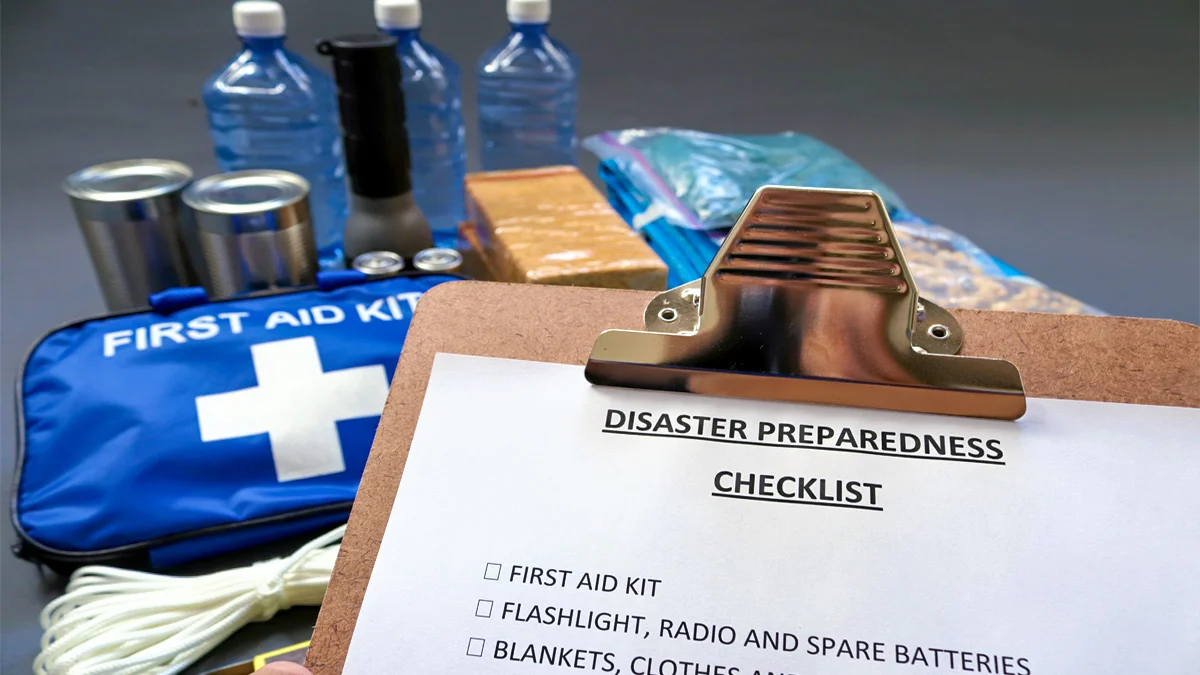
Preparation for Hurricane or Tornado
Whether a hurricane or tornado is slated to hit your area, there’s plenty to get prepped for.
- Gather Supplies: Stock up on non-perishable food and water (at least a gallon per person per day for three days). Be sure to have a first-aid kit, medications, flashlights, and batteries. Charge all electronic devices or have a battery-powered radio in case the power goes out.
- Secure Your Property: Bring in outdoor furniture, trim trees, and consider hurricane shutters for windows. Clear clogged gutters and drains to prevent flooding. Use tarps to cover anything you think might go in flight.
- Develop a Plan: Discuss evacuation routes and shelters with your family. Establish a communication plan in case you get separated.
- Stay Informed: Monitor weather reports closely and follow instructions from local officials. Know your evacuation zone and have a plan in place if needed.
- Fuel Up: Fill your car’s gas tank in case of evacuation or power outages.
If a Hurricane Hits…
Stay inside a designated storm shelter or an interior room away from windows. If flooding occurs, go to the highest level you can safely reach in your building. Never go through floodwaters – turn around, don’t drown!
Stay informed with a previously charged electronic device or battery-powered radio. Avoid using open flames due to potential gas leaks. Don’t go outside until authorities say it’s safe.
If a Tornado Hits…
If you get either a tornado watch or warning, you should immediately seek shelter. If you have a basement, go there immediately. It’s the safest place in the house.
If you don’t have a basement, find an interior room on the lowest level, away from windows. Bathrooms, closets, or hallways can offer some protection.
Get down low to the ground, preferably in a bathtub or under a sturdy table or desk. Cover your head with your hands and protect the back of your head with your arms. Monitor weather reports on your television or electronic device.
Once the all-clear is given, you can see if there is any damage around your home or neighborhood.

What To Do After a Hurricane or Tornado
Once a storm passes through your area, here’s what to do.
- Wait for the All-Clear: Don’t re-enter your home or venture out until authorities confirm it’s safe. Downed power lines and unstable structures pose serious dangers.
- Assess Damage: Once cleared, check your home for structural damage, gas leaks, and flooding. Avoid flooded areas and downed power lines.
- Stay Safe: Wear protective clothing and footwear for cleanup. Cover your hands with work gloves too. Beware of loose debris, broken glass, and mold risks in flooded areas.
- Document Everything: Take photos and videos of damage for insurance purposes.
- Utilities: Report downed power lines and gas leaks to authorities. Don’t use generators indoors or attempt electrical repairs yourself.
- Water Safety: Only use bottled or boiled water until authorities confirm tap water is safe.
- Communication: Check on loved ones and use previously charged electronic devices or a battery-powered radio for updates.
- Seek Help: Don’t hesitate to ask for assistance from neighbors, relief organizations, or professionals for repairs.
- Stay Informed: Stay updated on recovery efforts and official guidance.
- Be Patient: Recovery takes time. Focus on short-term goals like securing your home and then long-term rebuilding plans.
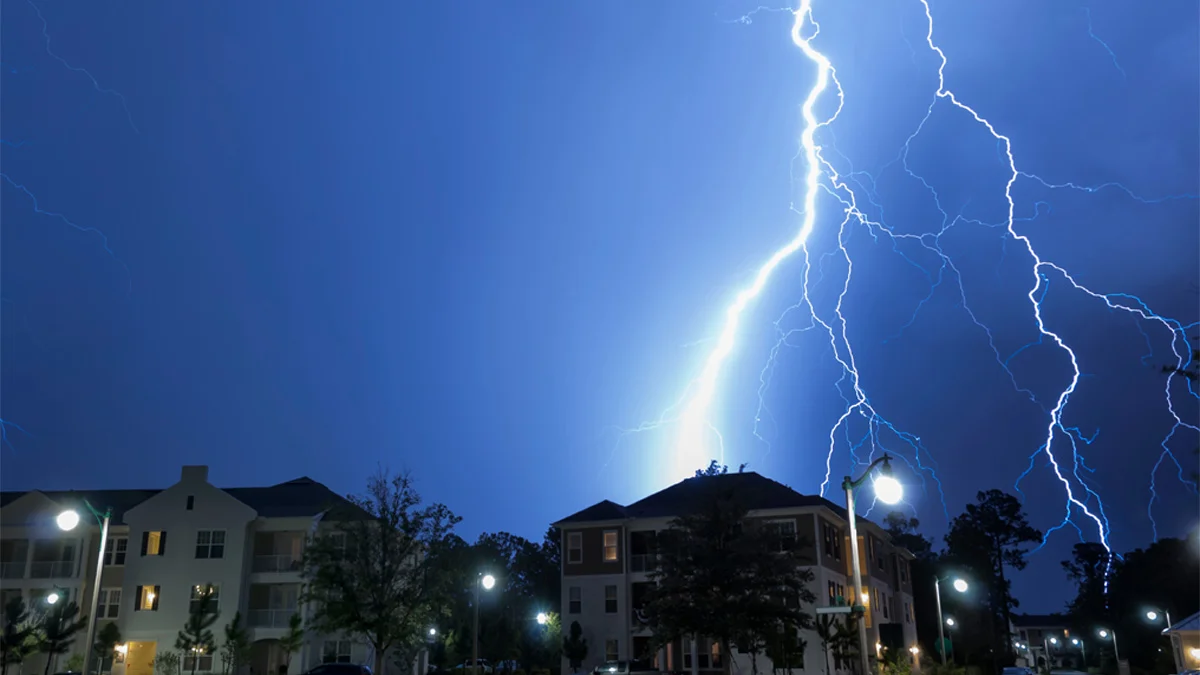
Severe Thunderstorms
Thunderstorms can pack a punch in a short amount of time! When you hear thunder, head inside a sturdy building or car. Avoid open areas and water, and stay away from windows and electronics. Lightning can strike even miles away from rain. If caught outside, crouch low but don’t lie flat. Heavy rain can cause flash floods. Never drive through flooded streets. Wait it out or turn around.
The key thing to remember most during these summer storms is common sense. Don’t try to push through things whether it’s heat, storms, or turbulent weather. In most cases, it’s better to wait. The safety of you and your family comes first and foremost!
Don’t forget to visit your local Ocean State Job Lot for everything you need all summer long.
Click here to read more from the National Weather Service on more summer safety weather tips.


